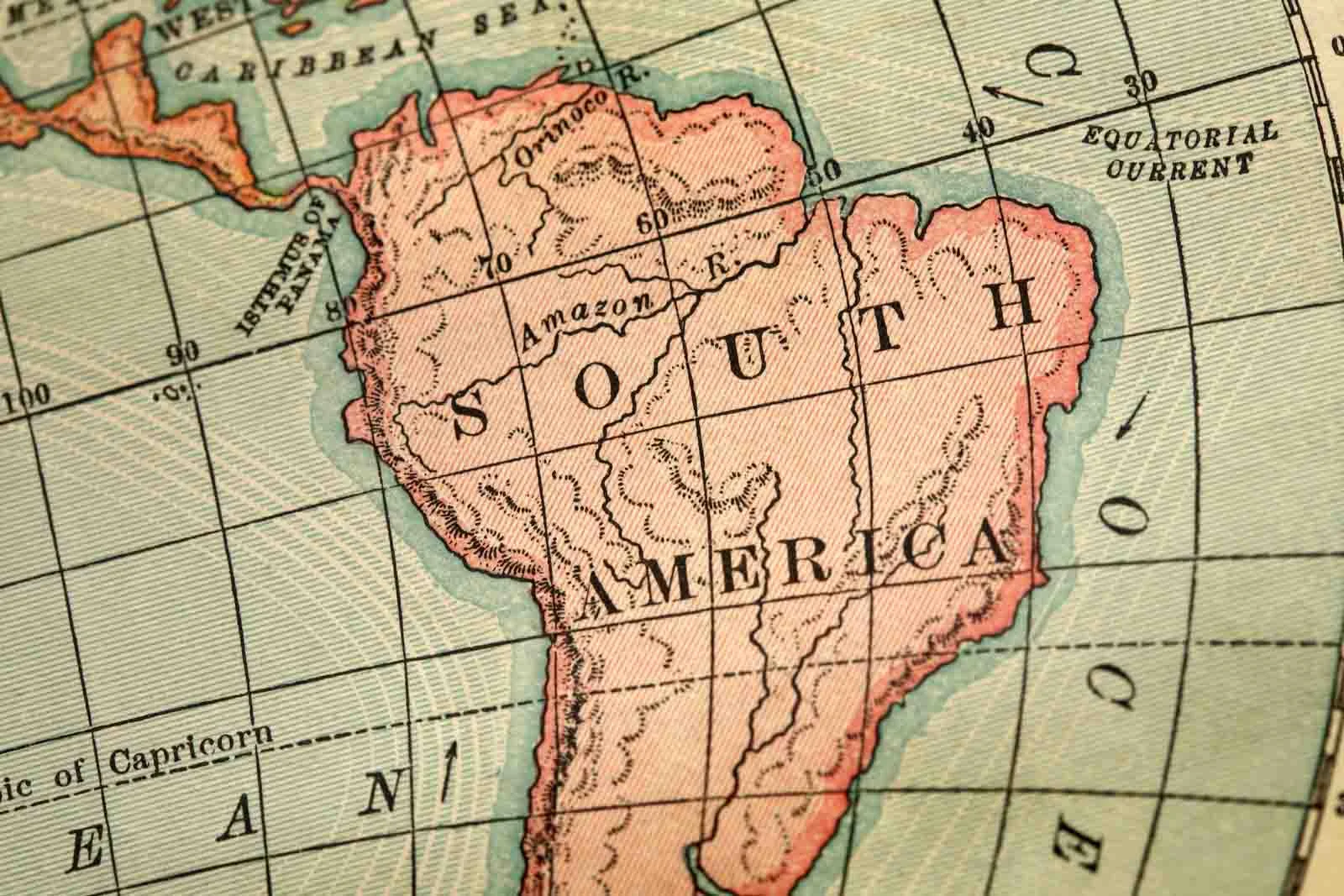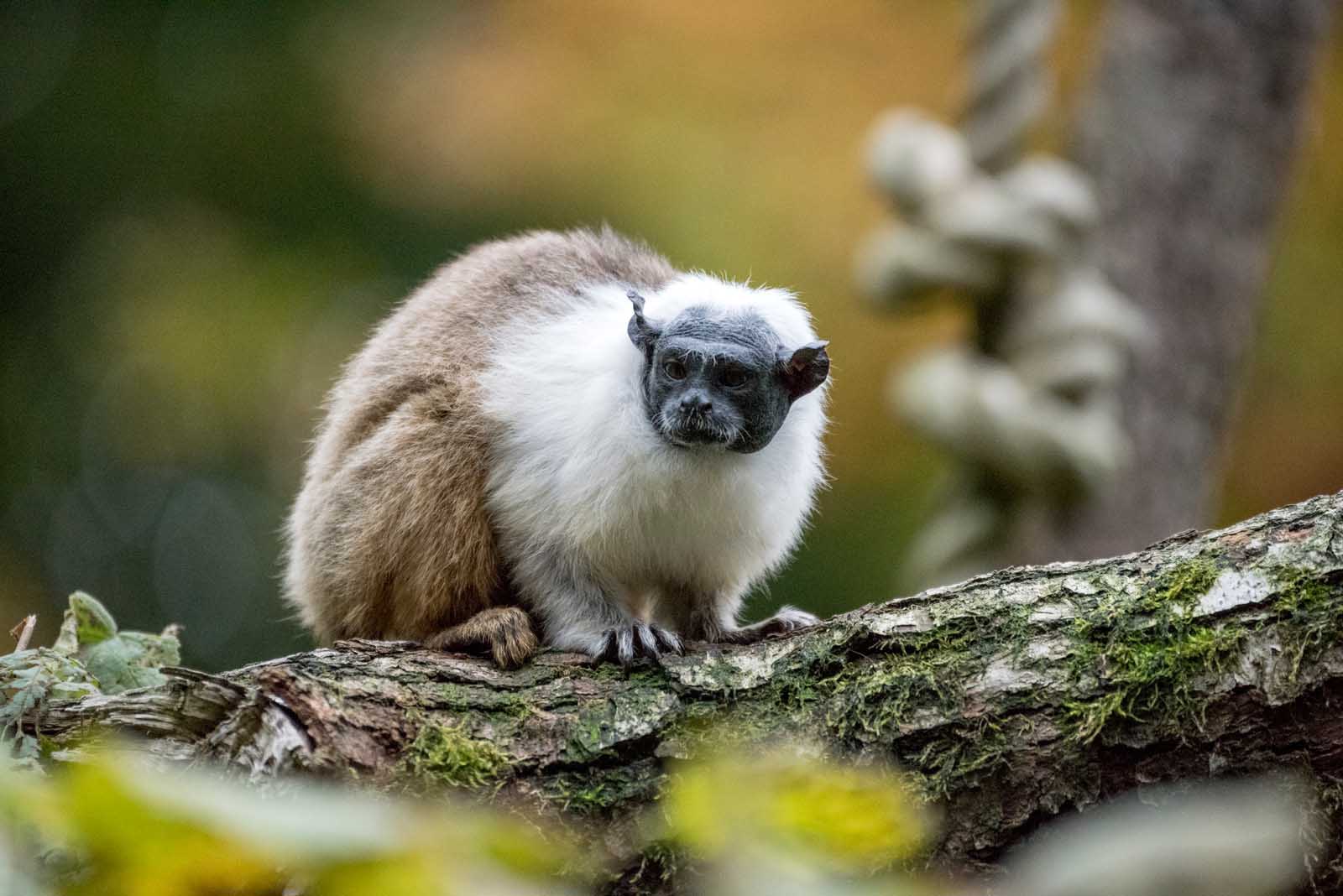
16 of the most endangered animals in South America | Travel News
South America encompasses some of the most diverse ecosystems on the planet, such as the Amazon Rainforest. Regrettably, the native fauna in these regions are increasingly confronting threats like drought, rising temperatures, human intervention, and diseases, placing many species in significant jeopardy. Explore further about some of the most at-risk animals in South America, ranging from poison dart frogs to wild guinea pigs.
Table of content
- Glass Frogs
- Titi Monkeys
- Poison Dart Frogs
- Glaucous Macaw
- Galápagos Pink Land Iguanas
- Santa Catarina’s Guinea Pigs
- Giant Tortoises
- Cherry-Throated Tanagers
- Pied Tamarins
- Turquoise-Throated Pufflegs
- Orinoco Crocodiles
- Pernambuco Pygmy Owls
- Belem Curassows
- Red-Crested Tree Rats
- Southern Eyelash Boas
- Harlequin Frogs
1. Glass Frogs
Glass frogs, belonging to the Centrolenidae family, are amphibians recognized for their see-through skin, revealing internal organs. With over 150 species, 80 are currently classified as threatened. The exotic pet trade and habitat loss from human activities and climate change are major concerns. In 2022, international leaders enhanced global protections for glass frogs under CITES.

2. Titi Monkeys
Titi monkeys, native to South America, inhabit dense forests near water bodies. Six titi monkey species, including the San Martin titi monkey and the blond titi monkey, are critically endangered due to threats like illegal pet trade, deforestation, and habitat fragmentation.

3. Poison Dart Frogs
Colorful members of the Dendrobatidae family, poison dart frogs, face various threats, including the deadly amphibian chytrid fungus, exotic pet trade, logging, pollution, deforestation, and land development.

4. Glaucous Macaw
Considered possibly extinct, the glaucous macaw, native to parts of Argentina, Uruguay, Paraguay, and Brazil, exhibits striking blue and grey plumage. The species hasn't been sighted since 2001, possibly due to habitat alteration, hunting, or trade.

5. Galápagos Pink Land Iguanas
Endemic to the Galápagos Islands, the pink land iguana faces threats from invasive species, volcanic eruptions, and droughts, leading to food scarcity. Only about 192 individuals remain.

6. Santa Catarina’s Guinea Pigs
Critically endangered, Santa Catarina’s guinea pig resides solely on Moleques Island do Sul, Brazil. With only 24-60 individuals left, hunting and unrestricted access to their island pose significant threats.

7. Giant Tortoises
Several giant tortoise subspecies native to the Galápagos Islands are critically endangered due to historical overhunting, habitat loss, and invasive species.
8. Cherry-Throated Tanagers
The cherry-throated tanager, found in the Brazilian state of Espírito Santo, faces habitat loss due to quarrying, palm extraction, coffee plantations, firewood cutting, and timber cutting.

9. Pied Tamarins
Native to the Amazon in Brazil, the pied tamarin is critically endangered due to deforestation and habitat fragmentation caused by human activities.

10. Turquoise-Throated Pufflegs
The turquoise-throated puffleg, a hummingbird native to Ecuador, has less than 50 individuals remaining, primarily due to habitat destruction.

11. Orinoco Crocodiles
Once hunted for their skins, the critically endangered Orinoco crocodiles, native to Colombia and Venezuela, face continued threats from poaching.

12. Pernambuco Pygmy Owls
Possibly extinct, the Pernambuco pygmy owl in Brazil is threatened by habitat loss from sugar plantation clearance and hunting.

13. Belem Curassows
Also known as Mytunxî, these large birds native to northeastern Brazil have fewer than 50 individuals left, residing in the most deforested Amazon areas.

14. Red-Crested Tree Rats
This rodent, with bright red-orange markings, faces critical conditions with only 1-50 individuals remaining, primarily due to habitat degradation.

15. Southern Eyelash Boas
Possibly extinct, the southern eyelash boa in Ecuador has fewer than 50 remaining, as their habitat is converted for agricultural use.
16. Harlequin Frogs
Classified within the Atelopus genus, 62 of these toad species are critically endangered due to the deadly amphibian chytrid fungus and habitat loss. Encouragingly, rediscovery of the Azuay stubfoot toad offers hope.


